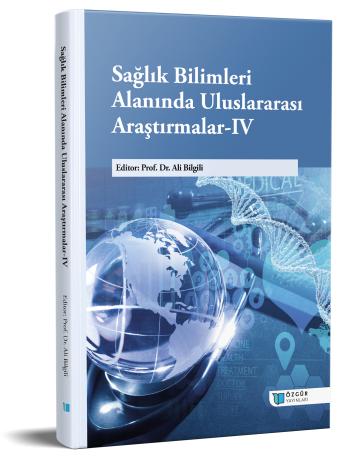
Yürüyüş Bozuklukları
Şu kitabın bölümü:
Bilgili,
A.
(ed.)
2023.
Sağlık Bilimleri Alanında Uluslararası Araştırmalar-IV.
Özet
Patolojik yürüyüşü anlamak için öncelikle normal yürüyüşü anlamak gerekir çünkü bu, hastanın yürüyüşünü değerlendirilebilmek için bir standart sağlar. Yürüyüş, alt ve üst ekstremitelerin vücudu ileri doğru hareket ettirmeyi amaçlayan döngüsel hareketi olarak tanımlanan bir beceridir. Vücudun ağırlığını desteklerken ve aktarırken bir noktadan diğerine hareket etmek amacıyla bir dizi koordineli hareket kullanılır. İnsan yürüyüşü, vücut bölümlerinin tekrarlayan hareketi olarak tanımlanır ve vücut bölümlerinin periyodik hareketi olarak kabul edilir. Yürüyüşün tüm süreci, yürüyüş aşamaları kullanılarak uygun bir şekilde tanımlanabilir ve periyodik yürüyüş mekanizmalarının daha iyi anlaşılmasını kolaylaştırır. Yanlış biyomekanik nedeniyle disfonksiyonel yürüyüş ortaya çıkmaktadır. Zamanında tanı konulmadığı ve sonraki tedavilere uyulmadığı takdirde ciddi sağlık sorunlarına yol açabilmektedir. Yürüyüş parametrelerinin yürüyüşün doğru analizi için çok önemli olduğu düşünülmektedir. Bu nedenle yürüyüşü iyice analiz etmek için bu parametrelerin ayrıntılı bir şekilde anlaşılması süreç açısından zorunludur Yürüyüş şekli, lokomotor sistemin birçok nöromüsküler ve yapısal elemanı arasındaki karmaşık etkileşimin sonucudur. Anormal yürüyüş, beyin, omurilik, sinirler, kaslar, eklemler ve iskelet dâhil olmak üzere bu sistemin herhangi bir yerindeki bozukluktan kaynaklanabilir. Anormal yürüyüş aynı zamanda ağrının varlığından da kaynaklanabilir, dolayısıyla kişi fiziksel olarak normal yürüme yeteneğine sahip olmasına rağmen başka bir şekilde yürümeyi daha rahat bulur.

